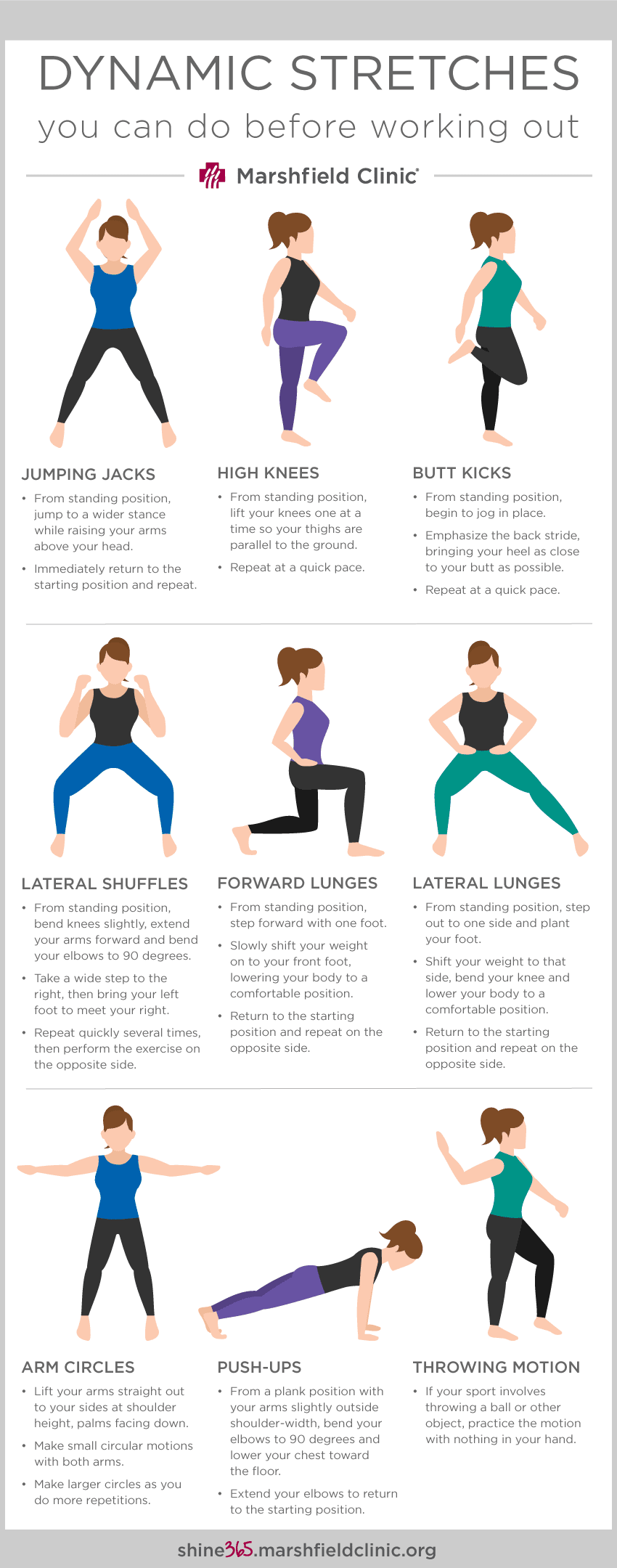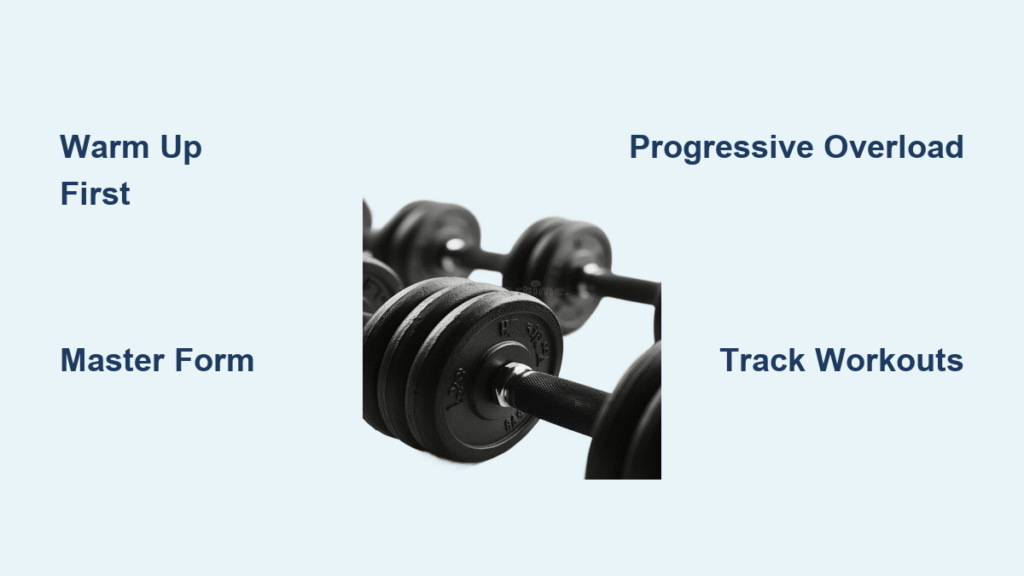Tired of cluttered home gyms and wasted gym memberships? Adjustable dumbbells solve both problems instantly. One compact set replaces 15+ fixed weights, letting you switch from 5 to 50 pounds per hand in seconds—no extra space or budget needed. This isn’t just convenient; it’s scientifically backed for real muscle growth and fat loss. You’ll discover how to build functional strength that translates to daily tasks like lifting groceries or playing with kids, all while avoiding common pitfalls that derail progress. Whether you’re starting today or optimizing your routine, these adjustable dumbbell workouts deliver gym-quality results in 30 minutes flat.
Why Your Adjustable Dumbbell Set Beats Fixed Weights
Space efficiency transforms cramped apartments into effective training zones. A single adjustable pair occupies less space than a toaster yet delivers the equivalent of an entire weight rack. Most sets adjust in precise 2.5–5 pound increments, letting you apply the “two-for-two rule” for seamless progression: when you hit two extra reps on your final set for two consecutive sessions, increase the load. This eliminates guesswork and prevents plateaus.
Functional strength gains occur because free weights engage stabilizing muscles machines can’t replicate. As Peter Ronai, CSCS, confirms: “Free weights produce superior strength gains in the real world” while slowing age-related bone loss. Every adjustable dumbbell workout mimics natural movement patterns—pushing, pulling, hinging—making you stronger for everyday activities.
Critical Safety Steps Before Your First Set

Warm up dynamically for 5–7 minutes with arm circles, bodyweight squats, and cat-cow stretches until you break a light sweat. Cold muscles dramatically increase injury risk during adjustable dumbbell workouts, especially for hinge patterns like Romanian deadlifts.
Master these movement essentials:
– Lift explosively (1–2 seconds) but lower slowly (2–3 seconds) to maximize muscle tension
– Exhale during exertion (e.g., pressing dumbbells up), inhale on return
– Maintain neutral spine—never round your back during rows or deadlifts
Fix common equipment gaps:
– No bench? Perform floor presses instead of bench presses
– Heels lift during squats? Place 2.5-pound plates under them
– Missing pull-up bar? Swap in reverse dumbbell flys for back development
Upper Body Adjustable Dumbbell Exercises That Build Real Strength
Chest & Push Movements to Prevent Plateaus
Dumbbell floor press replaces bench presses when space is limited. Lie flat with knees bent, dumbbells at chest level, elbows at 45 degrees. Press up until arms fully extend, then lower slowly for 3 seconds. This variation protects shoulders while building pressing power.
Alternating press adds anti-rotation core challenges. Press one dumbbell overhead while keeping the other arm extended straight. Prevent hip sway—this builds stability crucial for sports and lifting awkward objects.
Back & Pull Exercises for Posture Correction
Bent-over rows fix rounded shoulders from desk jobs. Hinge forward 45 degrees with flat back, pull dumbbells to lower ribs while squeezing shoulder blades. Lower under control—rushing the negative phase wastes muscle-building potential.
Renegade rows combine back strength with core stability. Start in high plank position on dumbbells, row one weight while preventing hip rotation. If your hips twist, reduce the weight; this advanced move prevents lower back strain during daily lifts.
Lower Body Adjustable Dumbbell Movements for Athletic Legs

Squat Pattern Exercises for Knee Safety
Goblet squats teach perfect form by holding one dumbbell vertically at chest height. Descend until hips drop below knees, keeping chest up. This front-loaded position naturally improves knee tracking—critical if you experience pain during fixed-weight squats.
Rear-foot-elevated split squats fix leg imbalances. Place your back foot on a chair, lower until front thigh parallels the floor. Keep your front knee aligned over toes; wobbling means the weight is too heavy.
Hinge Pattern Exercises for Hamstring Development
Romanian deadlifts target tight hamstrings from sitting all day. Push hips back while keeping dumbbells close to legs, maintaining a flat back. Stop when you feel a stretch in your hamstrings—never force beyond this point to avoid lower back strain.
Single-leg RDLs correct strength imbalances. Extend your opposite leg behind while hinging, keeping hips square. If you can’t balance, lightly touch a wall—but never round your spine.
Core Training That Actually Transfers to Daily Life
Suitcase carries build “real-world” core strength. Hold one heavy dumbbell at your side and walk 30 seconds while maintaining upright posture. Your obliques will fire intensely to prevent leaning—this directly improves lifting groceries or suitcases.
Plank rows combine anti-rotation training with back development. From high plank on dumbbells, row one weight while keeping hips still. If your hips rotate, reduce the weight; this move prevents lower back pain during twisting movements.
Russian twists develop rotational power for sports. Hold one dumbbell with both hands, lean back 45 degrees, and rotate side-to-side while touching the weight to the floor. Keep feet lifted for maximum core engagement.
Beginner Adjustable Dumbbell Workout Plan (2x Weekly)
Start with this strength-focused session:
– Goblet Squat: 3 sets × 10–12 reps
– Dumbbell Floor Press: 3 sets × 8–10 reps
– Bent-Over Row: 3 sets × 8–10 reps
– Overhead Press: 3 sets × 8–10 reps
– Plank: 3 sets × 30 seconds
Rest 60–90 seconds between sets. Focus on nailing the 2–3 second lowering phase before increasing weight. If you can’t complete target reps with perfect form, reduce the load—ego lifting causes 70% of home gym injuries.
Intermediate Circuit System for Faster Fat Loss
Perform 3 rounds with 2 minutes rest between rounds:
| Exercise | Reps |
|———-|——|
| Floor Press | 8–12 |
| Bent-Over Row | 8–12 |
| Goblet Squat | 8–12 |
| Romanian Deadlift | 8–12 |
| Overhead Press | 8–12 |
Increase weight each round if possible. This circuit torches calories while building muscle—ideal for time-crunched trainees. Never sacrifice form for speed; controlled negatives build more muscle than explosive lifting alone.
Advanced Plateau-Breaking Strategies
When maxed out on weight:
– Slow eccentrics: Lower for 5 seconds during squats or rows
– Band resistance: Loop mini-bands around dumbbell ends for variable tension
– Unilateral overload: Switch to single-arm presses to add intensity
– Tempo pauses: Hold the bottom position of goblet squats for 2 seconds
Track every workout: date, weight, reps, and RPE (Rate of Perceived Exertion). If your RPE hits 9/10 for target reps, you’ve earned a weight increase.
Expert-Backed Programming Principles
Araceli De Leon, CPT, emphasizes: “Adjustable dumbbells improve activities of daily living for anyone.” Focus on these five movement patterns weekly:
1. Squat (goblet squats)
2. Push (floor press)
3. Pull (bent-over rows)
4. Hinge (RDLs)
5. Core (suitcase carries)
Celebrity trainer Don Saladino notes this creates balanced 30–45 minute routines. Skip isolation exercises until you’ve mastered these fundamentals—chasing bicep pumps won’t build functional strength.
Critical Mistakes That Derail Progress
Skipping warm-ups increases injury risk by 40%—dynamic movements prep joints for adjustable dumbbell workouts. Using excessive weight ruins form; if you can’t control the 2–3 second lowering phase, reduce the load immediately. Neglecting unilateral work creates imbalances—include single-leg RDLs weekly to prevent injuries. Always record workouts; guessing your progress wastes months of effort.
Long-Term Success with Your Adjustable Dumbbell Set
Apply the two-for-two rule religiously: add weight only when hitting two extra reps for two sessions. Cycle between strength (5–8 reps) and hypertrophy (8–12 reps) phases every 8 weeks. Tighten loose plates monthly—sloppy mechanisms cause 30% of home equipment failures. Set specific goals like “Add 10 pounds to my goblet squat in 8 weeks” instead of vague targets. Your adjustable dumbbell workout system will deliver commercial-gym results without the clutter or cost—start today with just 20 minutes.




